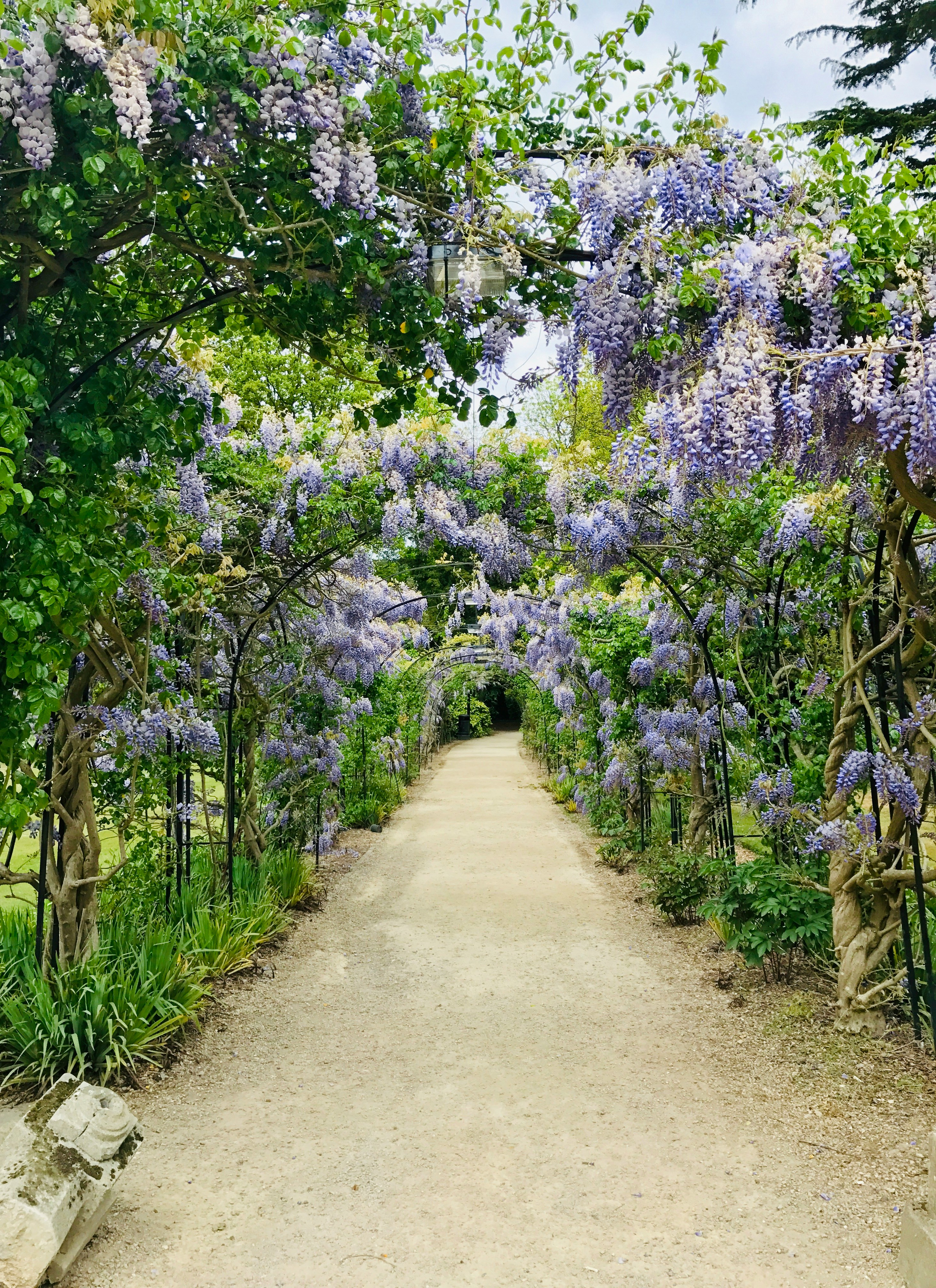Horta: between the water gift and the quaint charm
From Vila Olimpica to Horta: water as a connecting thread
In October 2021 we published about the Vila Olimpica quarter. We are back to our most "traveling" section by moving 7.7 kilometers north. Despite not being a coastal neighborhood Horta has also been shaped by water.
From Sant Joan d'Horta to Horta: more than a name change
Until the aggregation in Barcelona, the name given to the area was Sant Joan d'Horta, which constituted an independent municipality of Barcelona. Now, as a neighborhood of Barcelona, the name was changed to Horta. By the way, Horta de Sant Joan, the village in which Picasso lived, has nothing to do with the described area.
It is obvious that we are talking about a question of names, but also, of competences, and, what is much less known, of territorial extension. Thus, the old municipality included: Sant Genís dels Agudells, Montbau, Vall d'Hebron and a large part of Carmel. As a result, Sant Joan d'Horta tripled the size of the current neighborhood.
From Roman times to the aggregation to Barcelona: a historical promenade
From Roman times, the large amount of water made the areas near the current nucleus of the neighborhood a center of agricultural prosperity. In Middle Ages, the construction of farmhouses began and the first nobles settled down. In the Modern Age, a diversified industry settled in Sant Joan d'Horta. Between the 19th and 20th centuries, the women of Barcelona went to do their laundry, and at the same time, the bourgeois families spent their summers here.
Horta emblematic places
1904 Was the year of the aggregation to Barcelona. The modern quarter is very well connected by metro, bus and car. That Horta is singular is demonstrated by the fact that among its monuments there are farmhouses and a labyrinth designed by the Marquis Desvalls.
- The Labyrinth of Horta (photo 2): the oldest of the city. It was built at the end of the 18th century by Domenico Bagutti. There are many works of art inside. Today it is a cool and beautiful public place to walk. As a good labyrinth to get out of it is a challenge.
- The Masía Can Fargues (photo 3): it was developed from the central Romanesque tower, in addition, the estate includes the adjoining gardens.
- Sant Joan d'Horta church (photo 4): it is the Catholic temple of reference.
- La Masía de Can Cortada (photo 5): eleventh century castle. It houses the restaurant Can Travi and has many corners full of magic, in addition, like almost all the spaces of the neighborhood it has an annex garden where flowers abound.
- Ibiza square: in Horta the social network is dense. No, we are not referring to anything that has to do with connecting to the internet using the smartphone. We are talking about the local commerce and the great associative life of the neighborhood. In the square reigns the lady of Ibiza Square which is a sculpture in regional costume.
In the Paseo del Valle de Hebron, near Horta, there is the Horta Velodrome: inaugurated in August 1984 to host the track cycling championship. In 1992 it would host the cycling events of the Games. The enclosure has a capacity of 3,200 seats and fits literally with the relay of the area.
Lower population density and greater thermal comfort than in the city center
Horta, according to the City Council, has a population density of 8,635 inhabitants per square kilometer. In Barcelona, according to Idescat, it has 16,149 inhabitants per square kilometer. These very high densities are explained by the small size of both Horta and Barcelona as a whole (3 and 101 square kilometers respectively), not because Barcelona is overpopulated, nor because many of its citizens live in overcrowded conditions.
What does imply that Horta has a density 53.47% lower than the rest of Barcelona? Quite simply, greater well-being. In fact, the architecture is of low houses, which reminds us that it was a village, and the urban planning is quite pedestrian-friendly.
The degree of thermal comfort is an element that has to gain weight in our evaluation of an area. The reason is that there are more and more nights in which the minimum temperature does not go below 20 degrees (they are called tropical nights). In Horta, being far from the center, the "heat island" effect is less.
Finally, another attraction of the neighborhood are the excursions. For all these reasons, Horta is synonymous of life quality.
